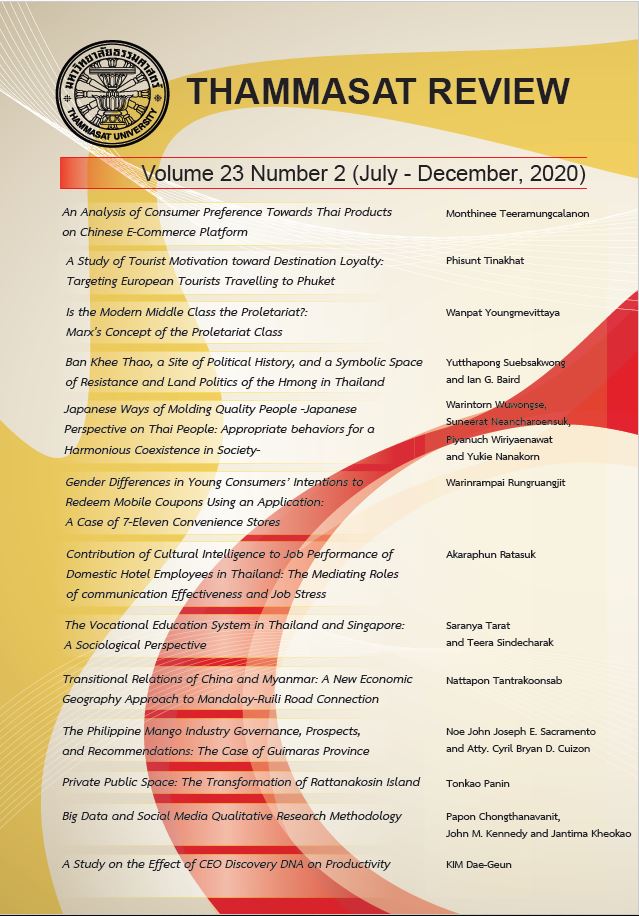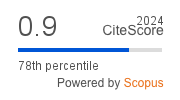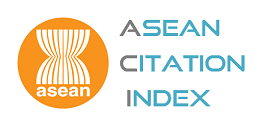The Vocational Education System in Thailand and Singapore: A Sociological Perspective
Keywords:
Vocational Education, Thailand, SingaporeAbstract
This article focuses on studying vocational situations in Thailand and comparing vocational education systems between Thailand and Singapore. This study consisted of interviews with personnel in organizations related to vocational education in Thailand and Singapore. In total 29 people were interviewed. From the study, it was found that the Thai vocational education system was created to be an educational choice for students. However, in this system of education, there are still many issues that arise from the planning and policies in vocational education management; such as the gap in university education, shortage of personnel and budget issues. These problems affect the development of teaching styles and production of personnel that meet the needs of the changing labor market as technological advances. Also, a major drawback to the system is that it is based on the negative attitude of society towards vocational education. These negative attitudes have an effect on school decisions and social opportunities. When comparing the vocational system with Singapore 4 issues emerged 1) The vocational education management system, 2) Guidelines for vocational education development, 3) Vocational education curriculum and 4) Vocational education and teaching styles. These results reflect the success cases of the management and cooperation of schools and industry which can produce skilled personnel and also meets the needs of the labor market. This success has led to a change in society's attitude towards vocational education and resulted in an educational system that has gained popularity in Singapore.
Downloads
Published
How to Cite
Issue
Section
License
The opinions and ideas expressed in all submissions published in Thammasat Review are solely that of the author(s) and do not necessarily reflect that of the editors or the editorial board.
The copyright of all articles including all written content and illustrations belong to Thammasat Review. Any individuals or organisation wishing to publish, reproduce and distribute a particular manuscript must seek permission from the journal first.








